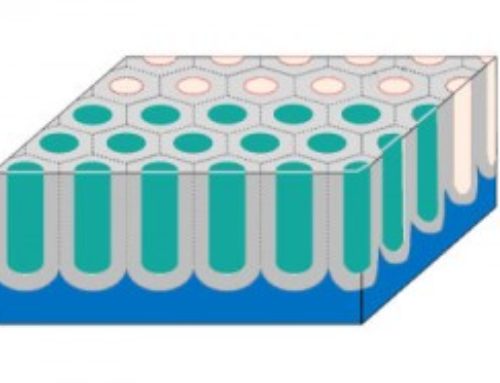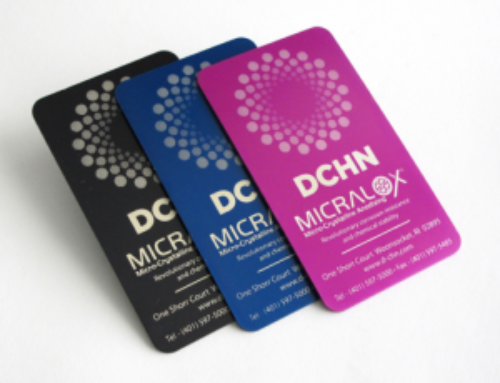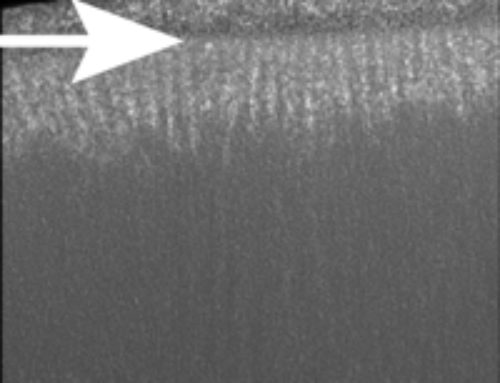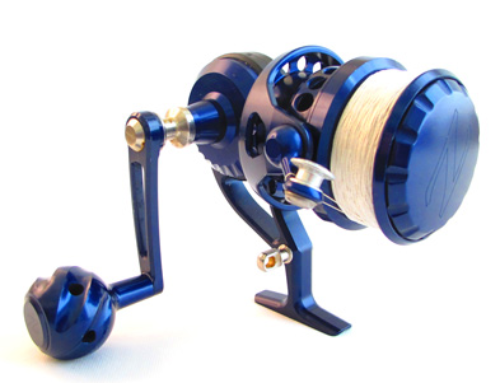“Here today, Here Tomorrow”
Understanding your options in selecting the most durable and long-lived identification marking for Anodized Aluminum parts – Jack Tetrault, President of Sanford Process Corporation
Woonsocket, RI (January 24, 2014)
 There are many reasons to have identification marks on metal parts: identification, branding, instruction, warning, adding designs, and for compliance and legal issues. In all of these cases, the marking is a planned operation that serves an important function. Often times the mark is faded or completely lost before the end use of the product. It begs the question, “Why not use a marking that outlives the product?” This is an important issue when the removal of the marking causes a risk if the part continues to be used.
There are many reasons to have identification marks on metal parts: identification, branding, instruction, warning, adding designs, and for compliance and legal issues. In all of these cases, the marking is a planned operation that serves an important function. Often times the mark is faded or completely lost before the end use of the product. It begs the question, “Why not use a marking that outlives the product?” This is an important issue when the removal of the marking causes a risk if the part continues to be used.
There are 3 types of marking commonly being employed for anodized aluminum parts. The first two, silk-screening and ink stamping are widely used with results that can vary significantly. Both are applied to the surface usually with an epoxy based ink and can be easily removed or made unreadable by abrasion, chemistry, or by passing the part through heat and cooling cycles. The ink adheres to the part through mechanical interlock with the substrate which is a relatively weak bond. One common problem is delamination and chipping during cleaning cycles when the adhesion bonds are weakened. The process can occur rapidly depending on the seal chemistry the metal finisher uses to close the anodic pores.
The third method of marking, laser engraving, is more permanent as the aluminum oxide is either partially or completely ablated, and when done correctly, laser marking can have very good image quality. When not properly applied, the anodic film at the edge of the engraving can chip and have ragged edges and therefore display poor cosmetics. In addition, laser will usually cut through the anodic film to expose the bare aluminum that would otherwise be protected by the anodic coating. This can present many problems. When raw aluminum is exposed, it becomes susceptible to corrosion. In the case of parts that are exposed to harsh chemistries for cleaning or disinfecting, the exposed area will immediately degrade. As anodic coatings do not “heal,” when corrosion begins it now only causes unreadable markings, but will eventually end up with the complete destruction of the protective coating.
There is a better method for marking anodized aluminum articles. Embedded printing where the print is embedded in the coating versus bonded to the coating’s surface. As anodic coatings produced using the sulfuric anodizing methods, including both decorative (Type II) and hardcoat (Type III), they are highly porous. Because of this porosity, ink can be forced in the open pores before sealing by one of several methods. Once the ink is in the translucent oxide of the anodic coating, the surface of the coating can be fully sealed. The result is a readable print where there is neither a pathway to the base aluminum to begin corrosion nor any means to delaminate or smudge the print. Consequently, the print and coating have longevity.
There are a few considerations to keep in mind when using embedded print. First, if the coating is very thin, the ink may have low optical density – i.e., it will not have a strong color. Also, there are varying levels of expertise in printing. So, work with a metal finisher who can produce a strong print and can solve harder problems, such as printing on recesses, on curved surfaces, and can handle the registration of different colors.
Even more expert metal finishers can tailor the anodic coating to the application while offering embedded print. For instance, low voltage hardcoat anodizing meets all of the functional specifications of Type III hardcoat, but unlike conventional Type III high voltage hardcoat, the oxide doesn’t darken up and become discolored. This allows sharp printing but the design properties of Type II decorative anodizing.
When embedded print is done on a MICRALOX® coated part, you get a virtually indestructible product that has clear and readable print for as long as the product survives. Unlike other anodic coatings, the patented MICRALOX® process (micro-crystalline aluminum oxide) partially converts the coating molecules into crystalline structures which are much more chemically stable than the amorphous precursors. This results in MICRALOX® coatings being 10X chemically resistant compared to conventional anodic coatings; and when combined with embedded print, makes an ideal solution for parts that must be repeatedly cleaned or exposed to harsh conditions.
For samples of embedded printing using MICRALOX®, click here – Request for Embedded Printing Samples.
© 2014 Jack Tetrault, Sanford Process Co., All Rights Reserved



